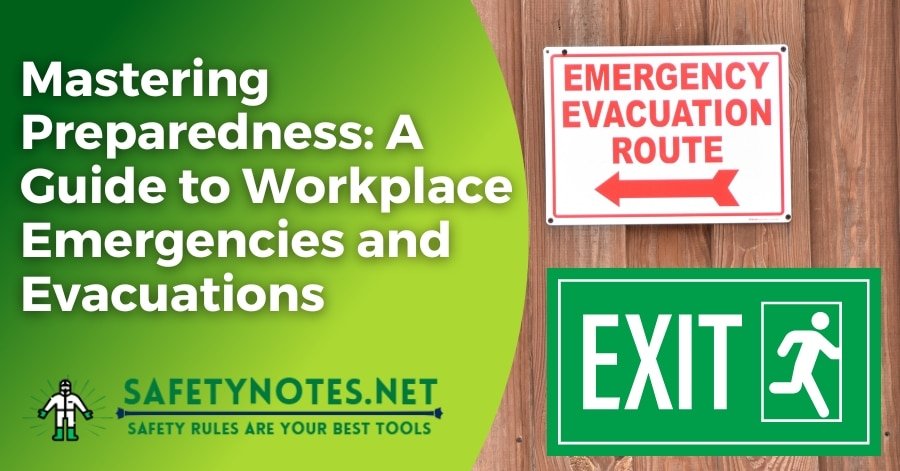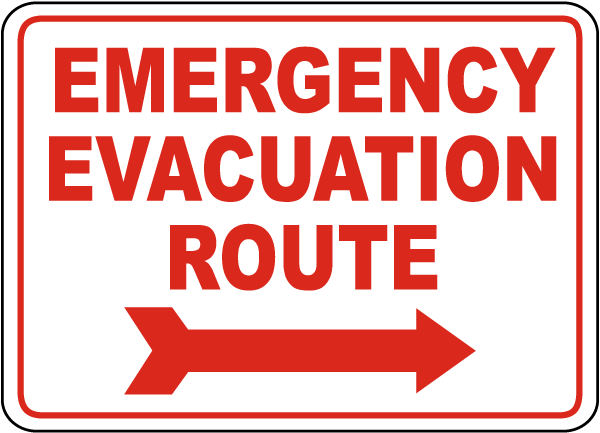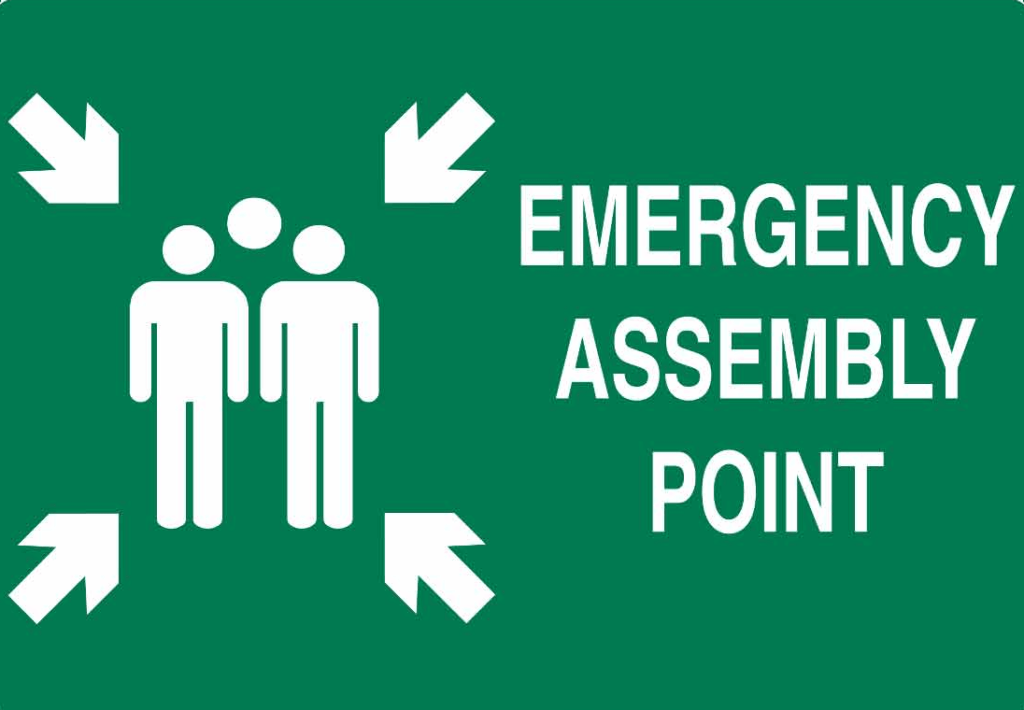
Emergencies are unpredictable. They can strike anytime, anywhere, and can pose significant threats to the safety and well-being of employees and business operations. Being prepared is not just a necessity; it’s a responsibility. This guide delves deep into understanding workplace emergencies and how businesses can effectively prepare for them.
1. Introduction
1.1 Understanding Workplace Emergencies
A workplace emergency is an unforeseen situation that poses immediate risks to health, life, property, or the environment. These emergencies can range from natural disasters like floods and hurricanes to manmade incidents such as fires, chemical spills, or even workplace violence. Recognizing the potential threats and understanding their implications is the first step towards effective preparedness.
1.2 The Importance of Preparedness
Emergencies can disrupt operations, cause physical or environmental damage, and, most importantly, threaten the lives of employees. Preparedness is not about predicting every possible scenario but about having a robust system in place to respond effectively when a crisis strikes. It’s about safeguarding lives, minimizing damage, and ensuring a swift return to normalcy.
2. Recognizing a Workplace Emergency
2.1 Natural vs. Manmade Emergencies
While natural emergencies like tornadoes, earthquakes, or floods are often beyond human control, manmade emergencies can sometimes be prevented or mitigated. This includes incidents like chemical leaks, machinery malfunctions, or civil disturbances. Recognizing the type of emergency is crucial as it dictates the response strategy.
2.2 The Impact of Emergencies on Business Operations
Beyond the immediate threat to human life, emergencies can have a lasting impact on business operations. This can range from temporary shutdowns, loss of valuable data, property damage, or even reputational harm. Understanding these implications helps businesses prioritize their response efforts.
3. The Role of an Emergency Action Plan
3.1 Why Every Business Needs an Action Plan
In the face of an emergency, chaos and confusion can reign. An Emergency Action Plan (EAP) serves as a structured guide, detailing the steps employees and employers must take. Whether it’s a small business or a large corporation, having a well-thought-out EAP is not just recommended; it’s a lifeline.
3.2 Key Components of an Effective Plan
A robust EAP should encompass several elements:
- Clear Communication Channels: How will employees be alerted? Whether it’s through alarms, PA systems, or other means, clarity is crucial.
- Evacuation Procedures: Detailed routes, assembly points, and protocols ensure a smooth evacuation process.
- Roles and Responsibilities: Who takes charge? Who assists? Clearly defined roles can make a significant difference.
- Training: Regular drills and training sessions ensure that everyone knows their part when it counts.

4. Alerting Employees in Times of Crisis
4.1 Importance of Clear Communication Channels
In emergencies, timely and clear communication can save lives. Whether it’s an alarm bell, a siren, or a broadcast message, the alert system must be unmistakable and understood by all.
4.2 Utilizing Modern Technology for Alerts
With advancements in technology, businesses now have access to sophisticated alert systems. From automated text messages, push notifications to dedicated emergency apps, leveraging technology ensures that every employee is reached promptly.
5. Evacuation: When and How?
5.1 Determining the Need for Evacuation
Not all emergencies require evacuation. Sometimes, it’s safer to stay put. The decision to evacuate should be based on the nature of the emergency, potential risks, and expert advice.
5.2 Designing Efficient Evacuation Routes
Evacuation routes should be clear, accessible, and free from potential hazards. Regular checks and updates, clear signage, and training sessions can ensure that in times of crisis, employees can evacuate swiftly and safely.
6. Medical Assistance During Emergencies
6.1 First-Aid Training for Employees
While professional medical assistance is crucial during emergencies, immediate first-aid can sometimes make a significant difference. Offering first-aid training to employees ensures that preliminary care can be provided while awaiting professional medical help.
6.2 Collaborating with Local Medical Facilities
Building a rapport with nearby medical facilities can be beneficial. In the event of a major emergency, having a pre-established relationship ensures quicker response times and better coordination.
7. Role of Coordinators and Evacuation Wardens
7.1 Leadership During Crises
During emergencies, leadership plays a pivotal role. Designating coordinators or team leaders who are trained to handle crises can streamline the response process. These individuals should be well-versed with the EAP and have the authority to make crucial decisions.
7.2 Training and Responsibilities of Wardens
Evacuation wardens or floor marshals play a crucial role in guiding employees to safety. Regular training ensures they are equipped to handle various scenarios, from fires to natural disasters.
8. Hazardous Substances: A Special Consideration
8.1 Recognizing and Labeling Hazardous Materials
Many workplaces store or use hazardous materials. Recognizing these substances and ensuring they are appropriately labeled can prevent potential mishaps. Employees should be trained to handle these materials safely and know the protocols in case of spills or leaks.
8.2 Training Employees on Hazardous Material Safety
Beyond labeling, employees should receive specialized training on handling hazardous materials. This includes understanding Safety Data Sheets (SDSs), using protective equipment, and knowing emergency procedures related to these substances.
Continuing with the article:
9. Regular Training and Drills
9.1 The Need for Continuous Training
Emergencies are unpredictable, but our response to them shouldn’t be. Regular training ensures that employees are always prepared, no matter when a crisis strikes. It reinforces the protocols, keeps everyone updated on any changes, and instills a sense of confidence.
9.2 Evaluating the Effectiveness of Drills
While training provides the knowledge, drills test its application. Conducting periodic drills simulates real-life emergency scenarios, allowing employees to practice their roles. After each drill, it’s essential to gather feedback, evaluate the response, and make necessary adjustments to the plan.

10. Conclusion
10.1 The Continuous Journey of Workplace Safety
Safety isn’t a destination; it’s a continuous journey. As businesses evolve, so do potential threats. Regularly updating the emergency action plan, incorporating new technologies, and staying informed about potential risks are all part of the ongoing commitment to safety.
10.2 Encouraging a Culture of Preparedness
Beyond plans and drills, fostering a culture of preparedness is crucial. When every employee values safety and understands its importance, it creates a collective responsibility. It’s not just about individual safety but about safeguarding the entire workplace community.
FAQs
- What is the first step in creating an emergency action plan?
- The first step is to conduct a risk assessment to identify potential emergencies specific to the workplace. This helps in tailoring the plan to address these specific threats.
- How often should emergency drills be conducted?
- The frequency of drills can vary based on the nature of the workplace and potential risks. However, it’s advisable to conduct them at least annually.
- What are the most common workplace emergencies?
- Fires, chemical spills, medical emergencies, power outages, and natural disasters like floods and earthquakes are among the most common.
- How can businesses collaborate with local emergency services?
- Establishing a rapport with local fire departments, medical facilities, and other emergency services ensures better coordination during real-life emergencies.
- Why is training on hazardous substances crucial?
- Given the potential risks associated with hazardous substances, it’s essential to ensure that employees know how to handle them safely, understand the associated risks, and are aware of emergency protocols.
This article provides a comprehensive overview of workplace safety and the importance of being prepared for emergencies. By understanding potential threats, training employees, and fostering a culture of safety, businesses can ensure a swift and effective response when emergencies strike.
